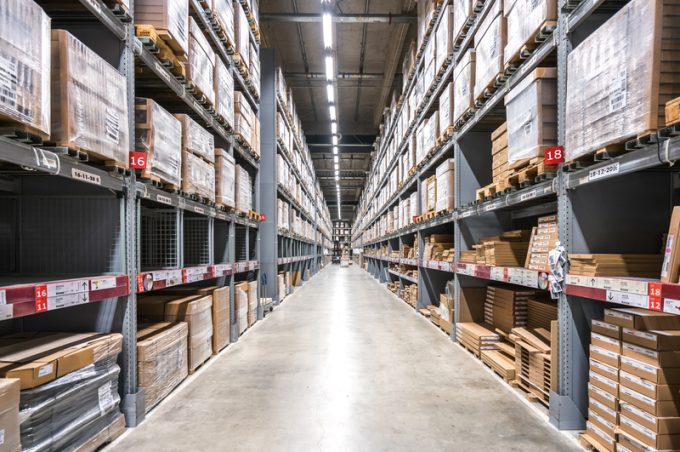Warehouse safety improved by automation
Automation across the supply chain is rapidly spreading and debate has ensued about its positive ...

3PLs have been facing a bundle of headwinds that have dented revenue growth for the sector. Value-added warehousing, which topped the other segments in 2023, is now experiencing a slowdown, but industry executives have expressed optimism that this is but a temporary blip.
According to Armstrong ...

Comment on this article